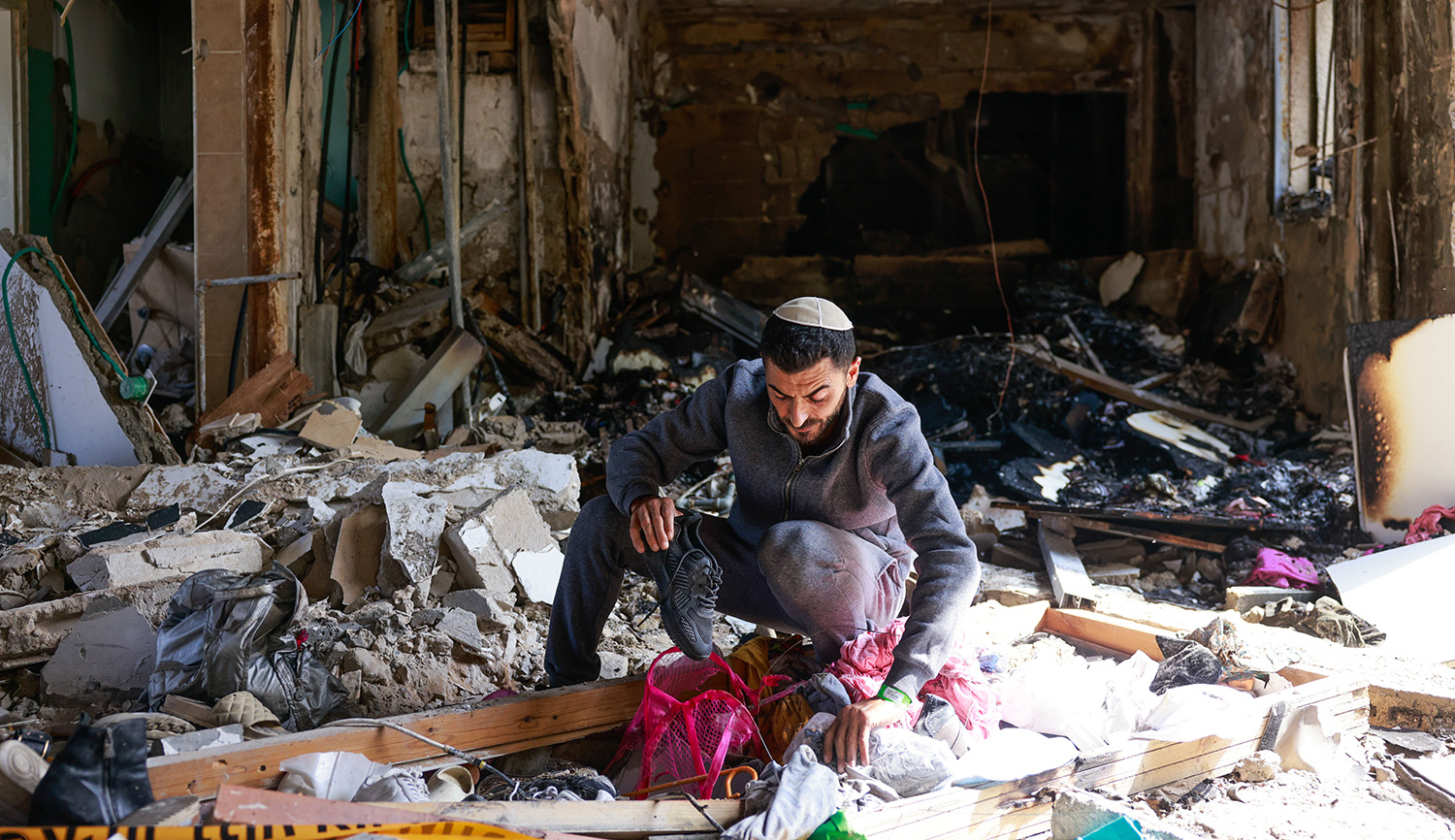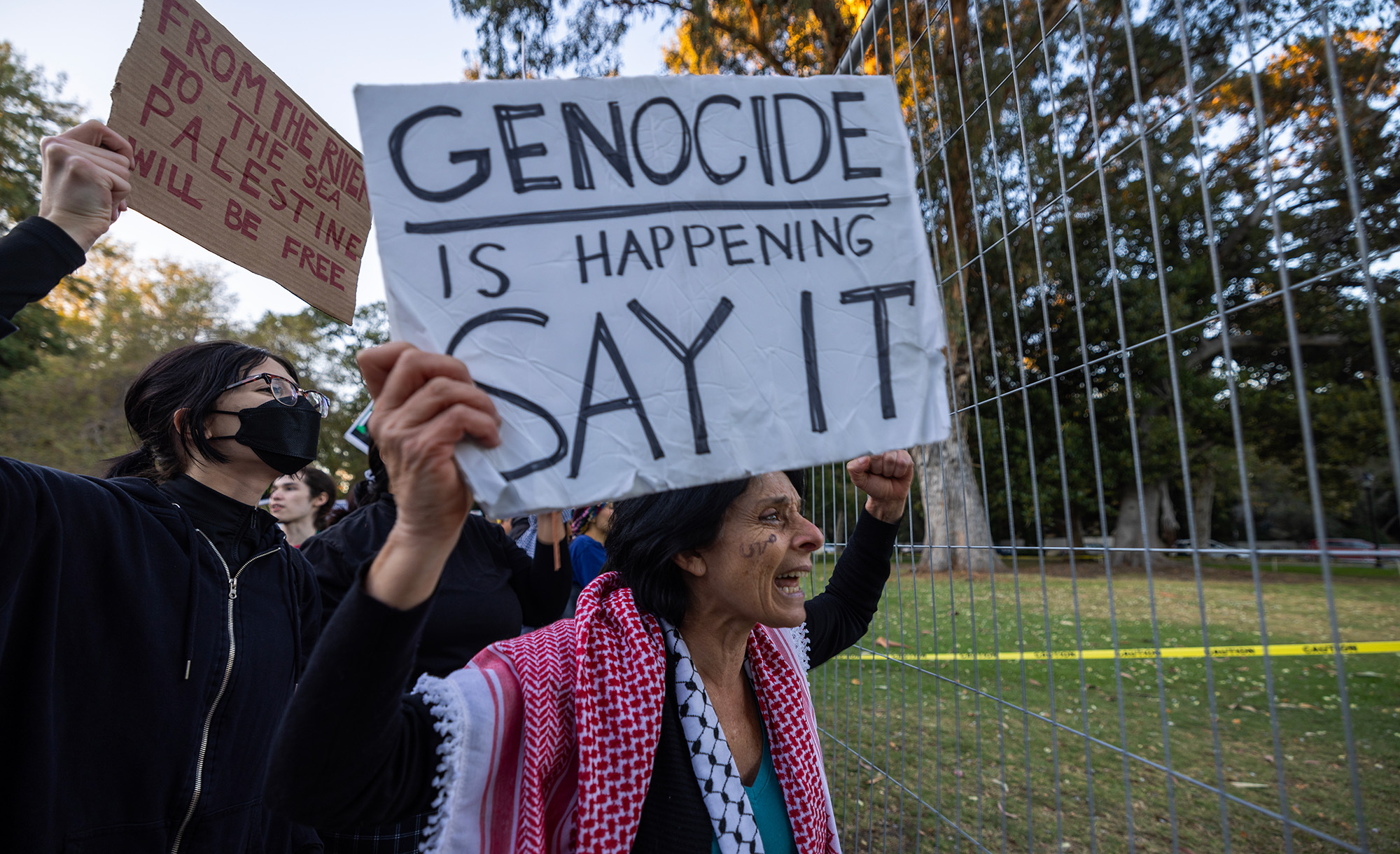On Monday, a UN Human Rights Council commission of inquiry issued its final report on last spring’s disturbances at the Gaza border. Geoffrey Corn and Peter Margulies explain why the report is fatally flawed:
The commission framed the events [in Gaza] as a series of demonstrations that were “civilian in nature.” Israel and its Supreme Court, [which has investigated some of the killings that occurred], framed the same events quite differently: as a new evolution in Israel’s ongoing armed conflict with the terrorist organization Hamas. Consistency and common sense suggest that the Israeli High Court of Justice’s framing is a more rational explanation of what occurred at the Israel-Gaza border in spring 2018.
Kites, [for instance], played a telltale role [in the violence]. When most people think of kites, they think of a child’s plaything or a hobbyist’s harmless passion. In the Gaza confrontation, kites [became] a new and effective, albeit low-tech, tactic for attacking Israel. As the report conceded, senior Gaza leaders, including from Hamas, “encouraged” the unleashing of waves of incendiary kites that during and since the spring 2018 confrontations have burned thousands of acres of arable land within Israel. The resulting destruction included fires that damaged the Kerem Shalom border crossing, which conveys goods and gasoline from Israel to Gaza. . . .
Moreover, the incendiary-kite offensive was an effective diversion from the efforts encouraged and coordinated by Hamas last spring to pierce the border with Israel and attack both IDF personnel and the civilian residents of the beleaguered Israeli towns a short distance from the border fence. . . .
The commission also failed to acknowledge that Hamas sought to use civilians as an operational cover to move members of its armed wing into position along the fence. For IDF commanders, this increased the importance of preventing a breach [in the fence]. Large crowds directly along the fence would simplify breakthrough attempts by intermingled Hamas and other belligerent operatives. The crowds themselves also could attempt to pour through any breach. Unfortunately, the commission seems to have completely omitted any credible assessment of the potential casualties on all sides that would have resulted from IDF action to seal a breach once it was achieved. . . .
More about: Gaza Strip, Hamas, Israel & Zionism, Israeli Security, Laws of war, UNHRC, United Nations


